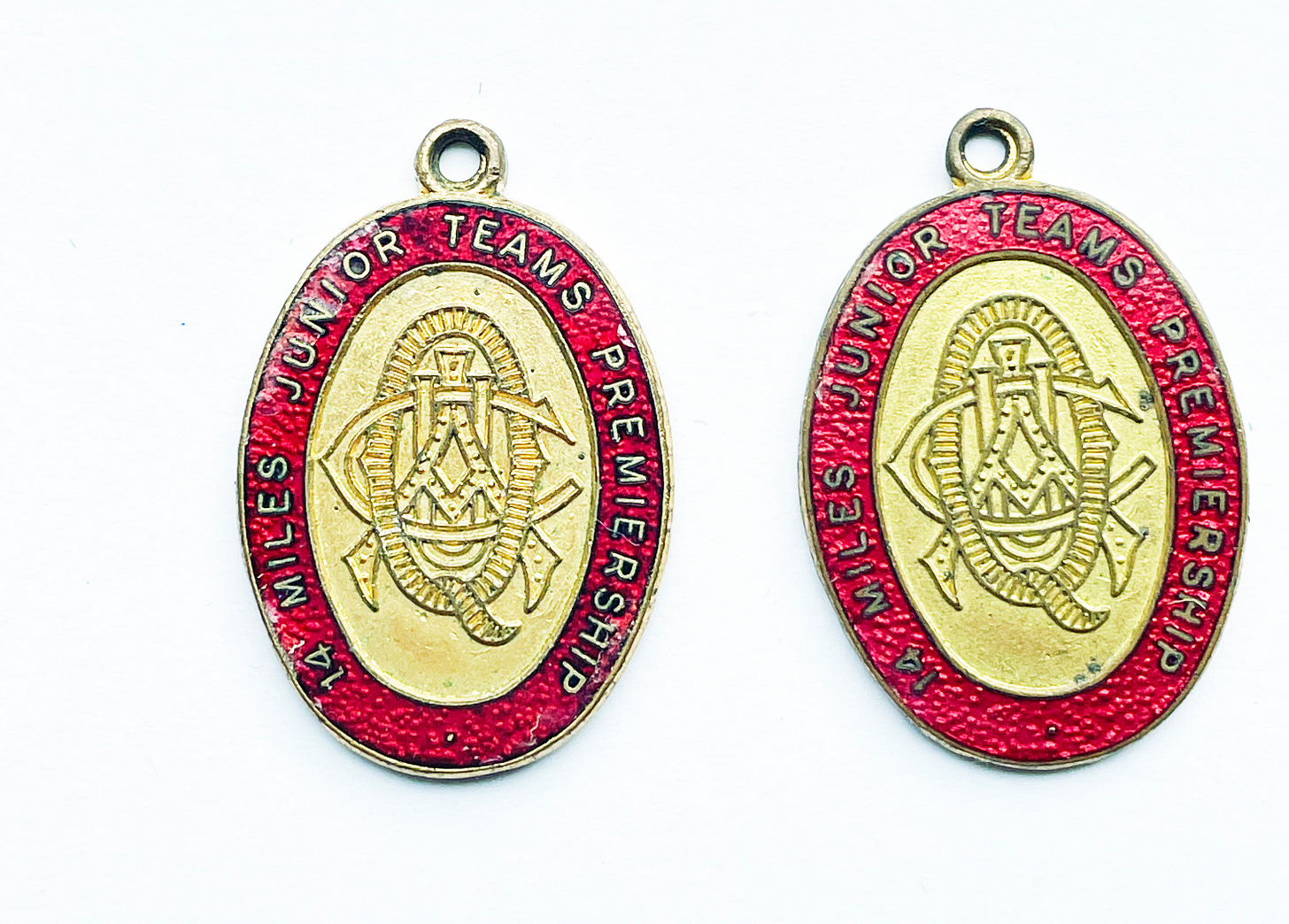My career as a competitive cyclist peaked early in the 1960s. For two years in a row, I was a Queensland champion.
Here are the details.
Hold the applause. Some factual omissions are called for.
First, the “Pursuit” is a team event. I was a team member and not the most gifted wire-wheel-wise.
Second, the pursuit team had five members. I was number 5. I might have been number 6, but, if so, I can remember only four other riders.
Third, the “Number Five Cyclist” has a unique role. In a Pursuit race, the team rides against the clock. The fastest team wins. But the time taken at the finish line is the time of the 4th rider across the line. And I was the 5th.
Consequently, the coach took me aside to explain my role.
“Stay on the back and hang on,” he said encouragingly. “At one mile to go, you go to the front and ride as bloody hard as you can. For as long as you can. I want you to use all your energy, peel off, and let the others go ahead.”
Two years in succession, I managed to “hang on” to four much stronger junior cyclists.
Two years in succession I pulled in front with a mile to go.
Two years in succession, I rode “bloody hard”.
Two years in succession, as I turned left at the corner of Redland Bay and Mount Cotton Roads, my teammates came around me with a hundred yards to go and I finished 5th.
And a champion.
I had reached my peak as a cyclist at the age of 16.
There’s a point to this story. . .
First, just like the gift of cycling performance, the gift of leadership, particularly the ability to handle complexity, varies from person to person.
Second, the ability to handle complexity peaks. And it peaks at different ages for each person.
Levels of complexity
My first job was in the Geebung branch of the National Bank. I was a bank clerk. I dealt with simple systems and routines that could be learned quickly and once learned, did not require me to ask for help. I could do my job each day.
I reported to the Bank Teller. He reported to the Bank Branch Manager. I had no idea who he reported to.
Elliott Jaques1 calls this “Stratum 1 Task Complexity: Direct Judgment”. Example: “Police the beat, dealing on the spot with any suspicious signs.”
Here are the remaining Strata.
Stratum 2: Diagnostic Accumulation.
Example: “As her manager, train and induct this new subordinate, judging how to proceed as you go, in the light of your accumulating judgment of her progress.”
Stratum 3: Alternative Paths
Example: “A unit manager of a machining unit works out a number of possible ways to increase output by 10 percent over 18 months while holding to their current output targets.”
Stratum 4: Parallel Processing
Example: “A designer of new venture products for a large corporation (who has four assistants to help her) has to construct and pursue simultaneously a number of development paths—designing a new product, identifying potential markets, making and testing models, analysis of potential value to the corporation. The designer may need to change any of the pathways at any time. In doing so, she will have to adjust each of the others.”
Stratum 5: Unified Whole System
Example: “A business unit president is driving half a dozen critical tasks to achieve a 7-year plan and must constantly respond to the multiple impacts of change. In doing so, he is constantly doing ‘what-if’ analyses and adjusting all the factors of business in response. Meanwhile, he steers the business in the surrounding environment, keeps profits high, maintains customer goodwill, high morale with his own people and the survival of the business with a growing balance sheet value.”
Stratum 6: Worldwide Diagnostic Accumulation
Example: CEO of a multi-organisation entity. The focus shifts from one profit & loss business to charting and managing directions for all the businesses contributing to the balance sheet. Where best to invest or divest.
Stratum 7: Put Business Units into Society
Example: “Judging the needs of society, nationally and internationally, and deciding what types of business unit to satisfy them. Envisioning a 20–25-year future.”
Think Jeff Bezos at Amazon.
Where do you fit?
By my mid to late 40s, I would say I was comfortable in Stratum 4. I use the word “comfortable” deliberately because one of the ways that we assess a person’s level is the extent to which they feel right, comfortable and well-suited to their present or past roles. When I did assessments of executives, I was always looking for a sense of FLOW in their work life.
Anxiety about aspects of work might suggest that the person is working above their capability. On the other hand, signs of boredom might suggest that someone is looking for a promotion to the next stratum. During my last year as CEO of World Vision Australia, I enrolled in a doctoral program at the RMIT College of Business and Law. And I learned to fly a plane.
Telling? Now, I think so.
Four years later, as I searched for new employment back in Australia, I naturally applied for CEO roles. Anything I applied for; I was interviewed for. I was offered none of them.
Then, out of the blue came an opportunity to fix a mid-sized organisation that was in a mess. I discovered my “flow” once again. For the next decade and a bit, I became a turnaround manager in three organisations. Thoroughly satisfied and productive in Stratum 4.
And I still got to ride my bike.
“Requisite Organization; The CEO’s Guide to Creative Structure and Leadership”, Elliott Jaques, Cason Hall & Co, Arlington VA 22202, 1989




